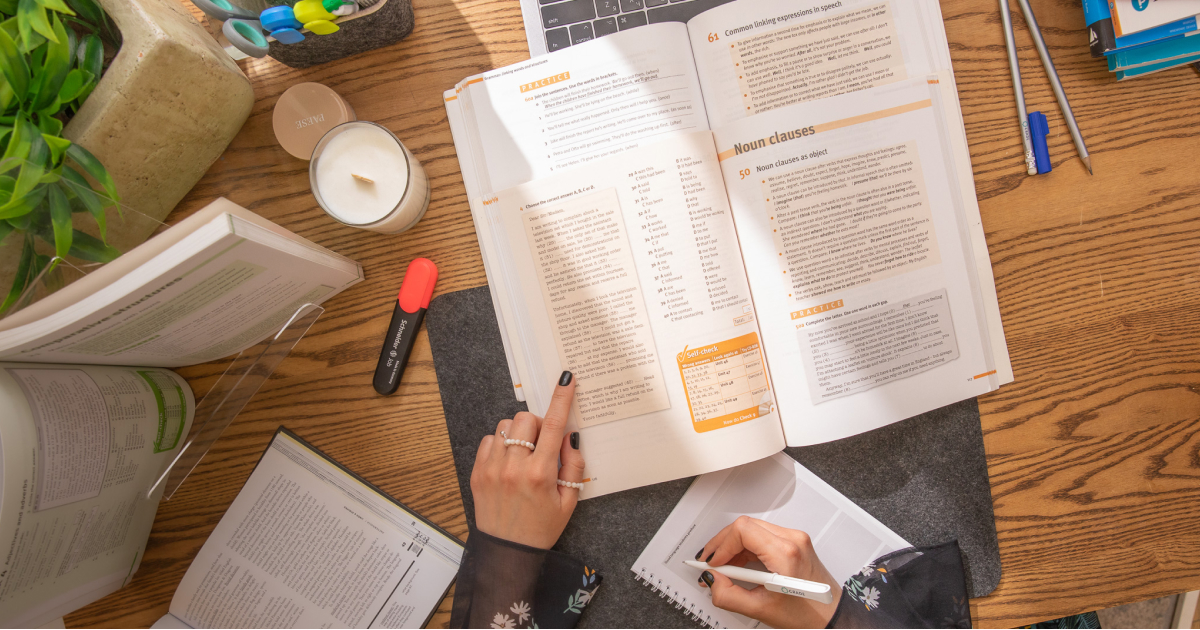The History of the Method: Desuggestopedia
- Methodology

10.10.2025
Let’s get one thing straight: the Use of English paper in the Cambridge Advanced Exam (CAE) is the linguistic equivalent of a ninja obstacle course. You’ll need agility, precision, and a touch of madness to master it - but master it you shall.
I’m not just another ESL teacher waving a grammar book from the sidelines. I’ve sat the exam. I’ve faced the dragon. I’ve circled the wrong answer out of pure panic. And I’ve lived to coach others through it, with scars and honor badges (and way too many flashcards).
If you’ve got your sights set on C1 glory, the Use of English paper is not just a hurdle - it’s a gatekeeper. But I promise you, with the right mindset and strategy, it’s also incredibly conquerable. So, grab a metaphorical cup of strong coffee and let’s unpack this beast.
For those of you who haven't met it yet, the Use of English part is one half of Paper 1 in CAE (the other half being Reading). It consists of four parts, and each one tests a slightly different kind of linguistic magic:
It might seem like a walk in the park - and maybe you’re not entirely wrong. But beneath the surface lie plenty of sneaky challenges that can trip you up on your way to success. Luckily, I’ve navigated this maze myself, and I’m here to guide you through it!
Before we even touch exam strategies, we need to address attitude. Because the truth is, if you approach the Use of English paper with either with pure fear or overconfidence you’re setting yourself up for a very British disappointment.
Here’s your mantra:
It’s not about how many words I know. It’s about how smart I am with the words I know.
What I am trying to say is strategy matters more than vocabulary size, though that helps, too.
What it tests: Collocations, phrasal verbs, idioms, shades of meaning.
Let’s look at an example (classic CAE-style):
She was deeply ______ by the news that she had not been accepted for the scholarship.
You’d think, “They all make sense, right?” And that’s the trap. Only one fits in terms of typical usage and tone.
The correct answer? Disappointed.
What is CELTA and why it's your career game-changer?
What it tests: Grammar structures, linking words, articles, modal verbs, prepositions.
If Part 1 is vocabulary’s playground, this is grammar’s dark alley. Sample:
I was so tired that I fell asleep as soon as I got ______ home.
Correct answer: back
Easy? Maybe. But CAE won’t always go easy on you.
Rewrite short paragraphs with the linking words removed and try to reconstruct them. Yes, you’ll cry a bit. But in a productive way.
What it tests: Your ability to take a root word and turn it into the grammatically correct form.
Example:
His ______ to help was appreciated by everyone. (WILL)
Correct: willingness
Make it a game. Use Instagram reels, TikToks, or sticky notes on your mirror. Turn your bathroom into a word formation shrine.
What it tests: Paraphrasing, advanced grammar, passive voice, modals, conditionals, cleft sentences…basically everything ever.
This one is brutal. But beautiful and I should say - my favorite. Example:
I regret not studying harder for the exam.
WISH
I ______ harder for the exam.
Correct: wish I had studied

How prepare for a task?
Read moreDo transformation drills daily — but speak them aloud. It helps lock in the structure and makes it feel more natural.
Look, no one dreams of spending their Saturday morning decoding sentence transformations or untangling awkward close tests. But you’re doing this because you’re reaching for something bigger - international studies, better job opportunities, travel, or just proving to yourself you can.
The Use of English paper is a challenge, yes — but it’s also a playground for those who love the quirks, precision, and chaos of the English language. And if you’ve read this far? You’re already way ahead of the curve.
So, grammar warriors, sharpen your pencils, dust off your phrasal verbs, and march into that exam with confidence.
I’ll see you on the other side.
Written by a CAE-certified ESL teacher who once thought "conjunction" was just a weird medical term, but now lives for the thrill of key word transformations.
Solomiia Korchynska
Author
Teacher of General & Business English
Comments
Leave your comment